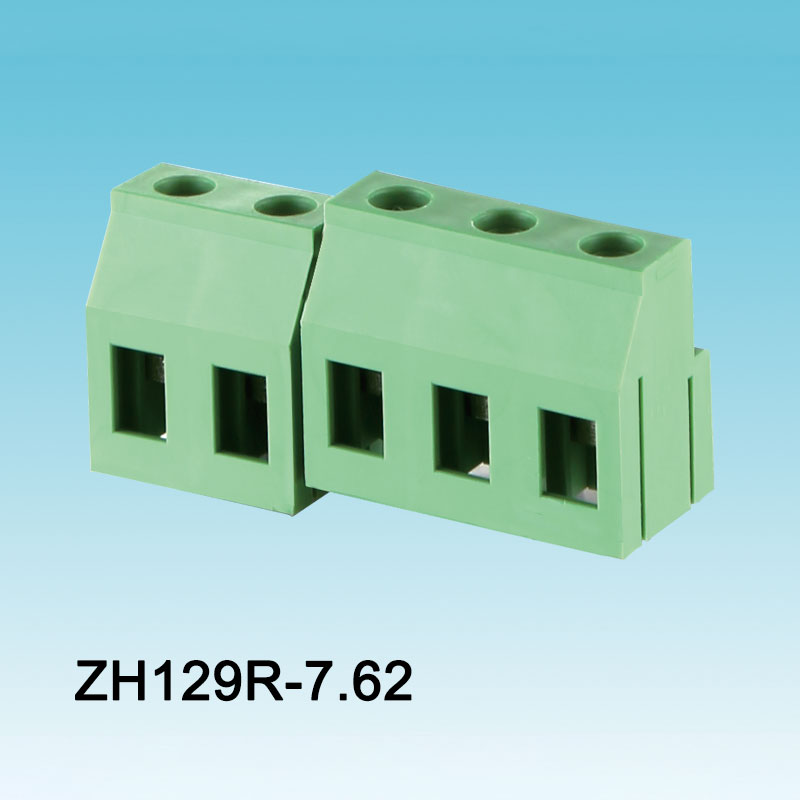How a screw PCB terminal block typically works
2023-10-17
A screw PCB terminal block, also known simply as a screw terminal block, is an electrical connector commonly used in electronics and electrical systems to securely connect wires or conductors to a printed circuit board (PCB). It provides a convenient and reliable way to establish electrical connections without soldering, making it easier to assemble and disassemble components on the PCB.
Here's how a screw PCB terminal block typically works:
1. Physical Design: A screw PCB terminal block consists of a plastic or insulating housing that contains metal terminals. The housing is designed to be mounted onto a PCB using screws, clips, or other mechanical methods. The metal terminals are usually made of conductive materials like brass or steel.
2. Wire Connection: Each terminal has a screw or screw-like mechanism that can be tightened or loosened using a screwdriver. To connect a wire or conductor, the user inserts the stripped end of the wire into a terminal and tightens the screw. As the screw is tightened, it clamps down on the wire, creating a secure and reliable electrical connection.
3. Electrical Isolation: The plastic housing of the terminal block serves as an insulator, preventing accidental short circuits between adjacent terminals or the PCB itself. This isolation is crucial for maintaining the integrity and safety of the circuit.
4. Versatility: Screw PCB terminal blocks are available in various configurations, including different numbers of terminals per block, different wire gauges they can accommodate, and different pitch sizes (spacing between terminals). Some terminal blocks might also include additional features such as jumper options to connect multiple terminals together.
5. Applications: Screw terminal blocks are commonly used in a wide range of applications, including industrial control systems, automation equipment, power distribution panels, consumer electronics, lighting systems, and more. They are especially useful in situations where connections might need to be frequently changed or adjusted.
6. Advantages: Some advantages of screw PCB terminal blocks include easy installation and removal, the ability to accommodate various wire sizes, and the absence of soldering, which can be beneficial when dealing with high temperatures or when a temporary connection is needed.
7. Considerations: While screw terminal blocks offer convenience, it's important to ensure proper tightening of screws to avoid loose connections. Over-tightening can damage wires or terminals. Additionally, the mechanical stress from repeated insertions and removals can eventually wear out the screw threads or the plastic housing, so regular inspection and maintenance might be necessary.
Overall, screw PCB terminal blocks play a vital role in connecting wires to PCBs in a wide range of electrical and electronic applications, offering versatility and convenience for assembly and maintenance.



